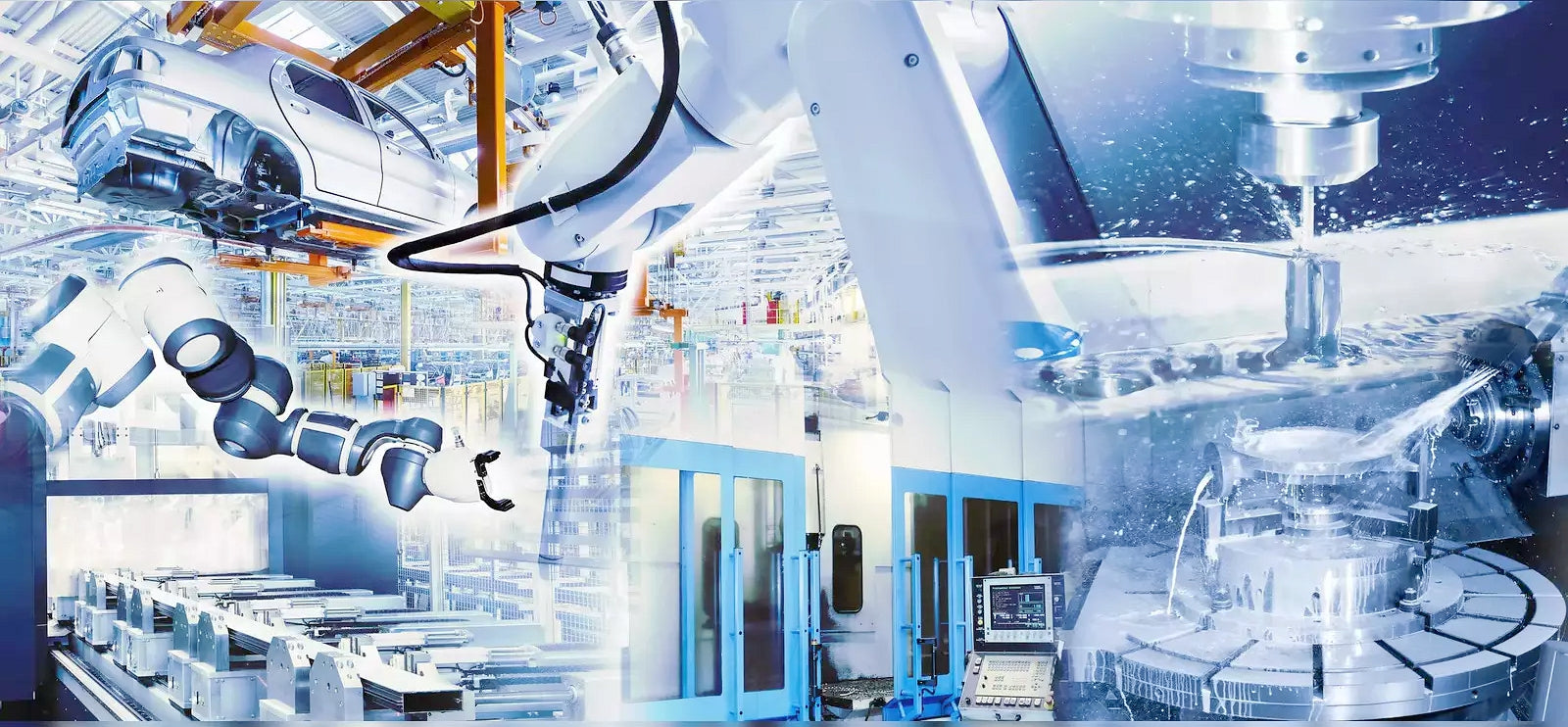Rockwell Automation: Powering India's Manufacturing Renaissance

A New Chapter in India's Manufacturing Story
With every stride in industrial automation, Rockwell Automation is penning the next chapter in the Indian manufacturing story. By choosing Chennai, strategically, it has opened expansion lines not only to tap a growing market but is driving the larger transformation of the nation's manufacturing capabilities. It goes without saying that this shows the growing allure of India as a global manufacturing hotspot in the face of emerging realignments across supply chains around the world.
Beyond Bricks and Mortar: A Commitment to Sustainability
The Chennai facility is more than a manufacturing plant; it is a beacon of sustainable manufacturing practices. Rockwell Automation is deeply committed to aligning its operations with India's environmental goals. By integrating solar energy and implementing robust water management systems, the company is setting a benchmark for green manufacturing in the region.
Nurturing a Skilled Workforce
Talent development is at the heart of Rockwell Automation's India strategy. It has been increasing investments in various training and development programs aimed at developing its talent base. The collaboration between Rockwell and local educational institutions and manufacturers is vital for the development of the Indian manufacturing ecosystem.
The Larger Implications
The entry of Rockwell Automation into India is not a stray event but a strategic one, bound to have far-reaching implications. As a global leader in automation, the decision by Rockwell to locate a major facility in India underlines the growing importance of the country in the global manufacturing arena. This is bound to encourage further foreign direct investment and also quicken the pace of technological adoption in Indian manufacturing.

























